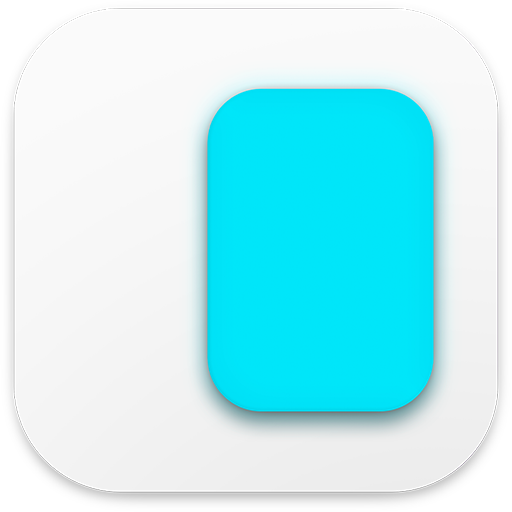

- SLIDEPAD FOR 2DS FULL
- SLIDEPAD FOR 2DS CODE
SLIDEPAD FOR 2DS FULL
Do not include any spoilers in a post title.īrowse these all at once or browse the full directory Use the tag in the beginning of your title and give a general description of its contents. Spoiler tagging DOESN'T WORK in post titles. If your comment contains a spoiler, hide it using: >!This is a spoiler.

Posts with spoilers in the title will be removed.
SLIDEPAD FOR 2DS CODE
No NSFW content, low-effort posts, vague or misleading titles, reposts, image only, or friend code / request posts. This includes game recommendations and tech support topics. Questions which can be quickly answered via a Google search or those which have been addressed in the wiki must be directed to the Weekly Question Thread. No basic questions or those covered in the wiki. All posts should be civil and follow Reddiquette. Comments should be on-topic with the thread in which it is posted. Threads should be directly related to the 3DS and its accessories.
The cartridge slot atop the system is shifted a bit left of the center line, which I'm pretty sure is a first for a Nintendo portable.Mario & Luigi: Bowser's Inside Story + Bowser Jr's Journey is available now! Journey through /r/Mario Join Our Discord Server PM Mode! AM Mode! First time 3DS owners, make sure to check out our FAQ and Wiki. 
There is a handy switch that quickly puts the system into sleep mode though. Instead, you have to go into settings to turn the feature off.
The 2DS doesn't have a switch to toggle the wireless mode like the 3DS. The AC adapter slot is at the top of the system, which is nice for players who like to rest the charging system on their chest when lying down (this is a major annoyance on the PlayStation Vita for me). The volume slider on the left side of the system is more recessed and takes more force to move than on the other DS systems, which should lead to fewer accidental volume adjustments from sliding hands. Instead, each button is marked with a recessed carving of the button name, making the front face of the system an almost completely uniform black slate. The face buttons and d-pad on the 2DS aren't marked with colored letters or markings as they are on the 3DS and XL. This should avoid some confusion with the Home button, which is now a large, friendly, word-free icon on the bottom of the system. The start and select buttons have been moved from below the bottom screen to the right side of the system. I asked if this had anything to do with the reported single-screen internals for the system, but the attendant didn't have any insider knowledge about the system's guts. The top screen seems a bit more sunken in than on other DS/3DS systems, and it looks like it's protected by a thicker layer of plastic. and with the significantly larger 3DS XL.Ī few more incidental 2DS tidbits I didn't notice until I examined it up close: This might be more of an issue when sitting down, but the system seems to have a natural top-heavy tilt that will help it rest on unused fingers. When playing standing up, I mainly looked down and supported the system with my fingers on the back. 
Still, I didn't feel the need to squeeze the system in from the sides to support it as I worried I would when I first saw pictures. It was a bit hard to get a full feel for the weight and balance of the system, since the demo units were attached to heavy battery/security blocks on the back (which were, in turn, physically attached to a Nintendo attendant via an elaborate cable). My thumbs fell onto the higher analog slide pad and face buttons naturally, though things felt a little more stretched when I tried to use the lower d-pad and the left shoulder button at the same time. The small size makes it relatively easy to wrap adult-sized hands around the large, rounded shoulder buttons (which are even bigger than those on the XL) while still partially cradling the (somewhat pointy) bottom corners of the system with the palms. Enlarge / A closer look at how the system rests in my fingers and the crooks of my palms.







 0 kommentar(er)
0 kommentar(er)
